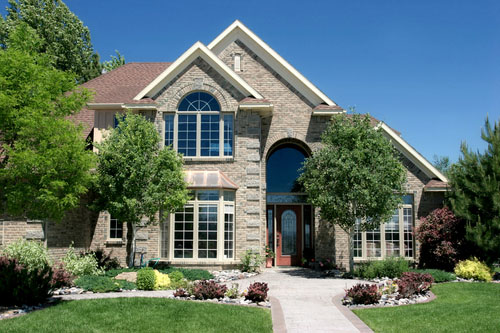The data revealed that 20% of consumers would use an Amazon or Google for their home insurance. Millennials showed even higher interest at 33% for Amazon and 23% for Google. Of those that indicated that they would be willing to switch, 80% currently have insurance with the large national carrier.
Seventy-five percent of consumers interested in home telematics While most of the media’s attention has focused on the future of automation technology in automobiles, the disruption to your home experience, and by extension your home insurance, through smart home technologies is likely to have an equal or greater impact.
Smart home technologies are revolutionising many areas of the home, from simple comfort features that can now turn lights on and off or access in-home entertainment by control of your phone to home security and emergency support with automatic shutoffs and alerts.
The insurance industry is taking notice and wants in on the action. Insurers see smart home technologies as an opportunity to deepen their relationships with customers, while at the same time improving home coverage options and underwriting. While leading home insurance carriers have begun to venture into these areas, not much research has been done to understand the consumer’s demand for as these features become available. Based on the JD Power Pulse Survey, following are insights into the current consumer appetite for this type of technology.
Top areas for insurtech disruption: Among consumers polled, following are the top areas of their relationship with their home insurance provider that needs the greatest improvement: product options and coverages, underwriting sophistication, and claims.
Top insurtech technologies: Among consumers polled,the following are the top technologies consumers are most excited about coming to the insurance industry: Cybersecurity, blockchain, and the Internet of Things (IoT).
While the bulk of talk on telematics has been focused in the automotive space, home insurance customers are overwhelmingly interested in getting discounts on their homeowners insurance for proper home maintenance and security. Forty-six percent of consumers would be willing to allow their home insurance company access to smart home sensor technology in appliances, such as refrigerators, air conditioner, to help prevent loss and malfunction (Smart Tech Loss Prevention).
The study also found that 34% of consumers would likely switch to a home insurance company that offered smart home technology loss and protection options, 57% of millennials would likely switch, and 40% of consumers that currently have ‘smart’ tech in their home would be likely to switch (64% of consumers reported have some sort of smart tech in their home, such as a smart thermostat or doorbell).













